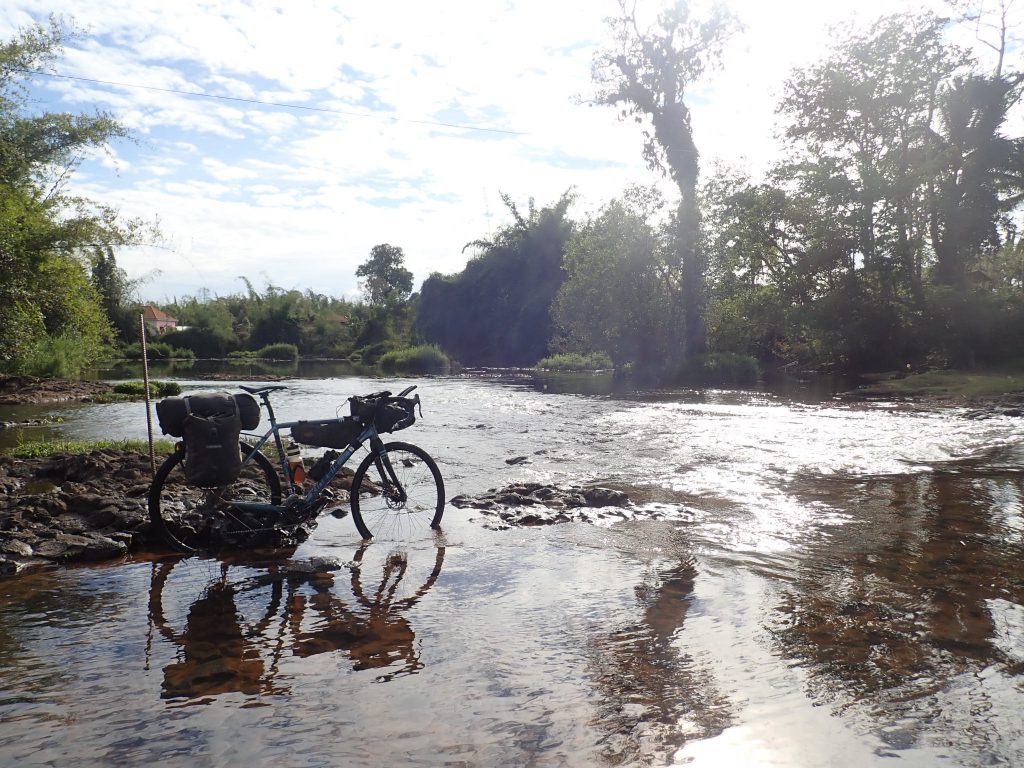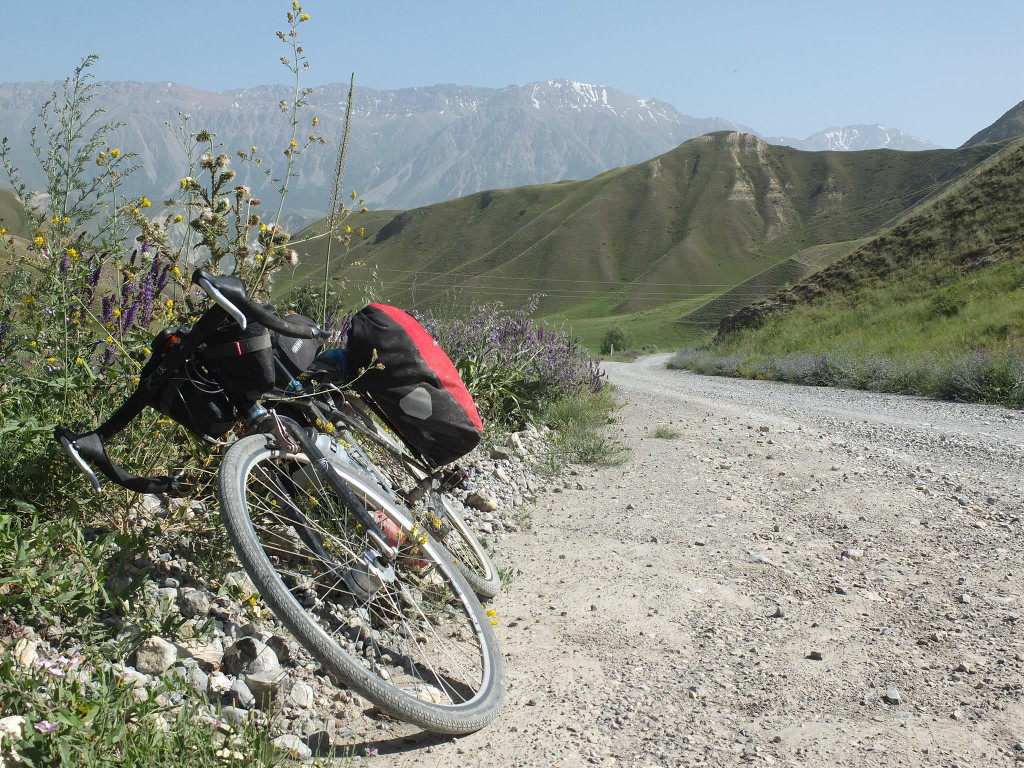It was a dusty border crossing – the newest gate on this frontier, and as far as anyone could tell, the least used. The visa clerk, who had been called back especially from lunch to stamp me through, flaunted the abundant bars on his over-prominent epaulettes as he scrutinised my passport, flicking through my visas with a mix of boredom and suspicion. Whatever nefarious schemes the UK might have to infiltrate Laos, his hunched shoulders seemed to say, we’d underestimated the vigilance and power of Lao bureaucracy. He wasn’t falling for any of my Western tricks here, he’s seen it all before. Then he gave up and stamped me through: welcome to the third world.
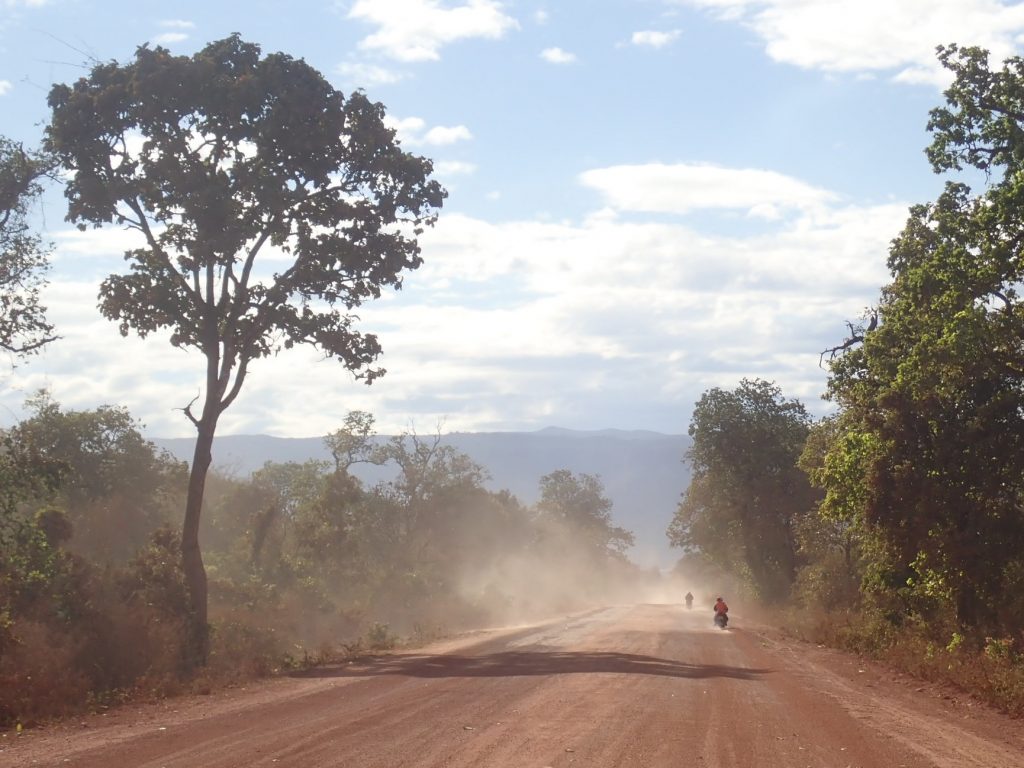
I knew nothing about Laos. The only time I’d ever met it either in truth or in fiction was when Jerry Westerby went there in The Honourable Schoolboy, but I didn’t like that book and never re-read it, so Jerry’s exploits in Vientiane drifted into the sea of unknowing and Laos remained a mystery. Since then I’d had Laos described to me as a “cute, unspoiled third world country”. That sounded nice. What else I’d learned though: Laos is per capita the most bombed country in the world. During the Vietnam war the Viet Cong’s supply chains ran through Laos and Uncle Sam dropped more ordnance on the country than on Vietnam itself, and as much as it dropped on the world through the entire second world war. Many of those bombs are still out there in the jungle, waiting for a wild-camping cyclist to come their way. Good thing the hotels are so cheap, eh?
Lush jungles crowded the border, the road steaming in the rain of my first evening as it snaked over hills, and through valleys made dark by the dense foliage. Darkness set in to the music of croaking insects as I rolled into a town, flashing past single storey buildings until I found the hotel: $5 a night to stay in a room with a bucket of water for washing and a resident gecko running across the ceiling.
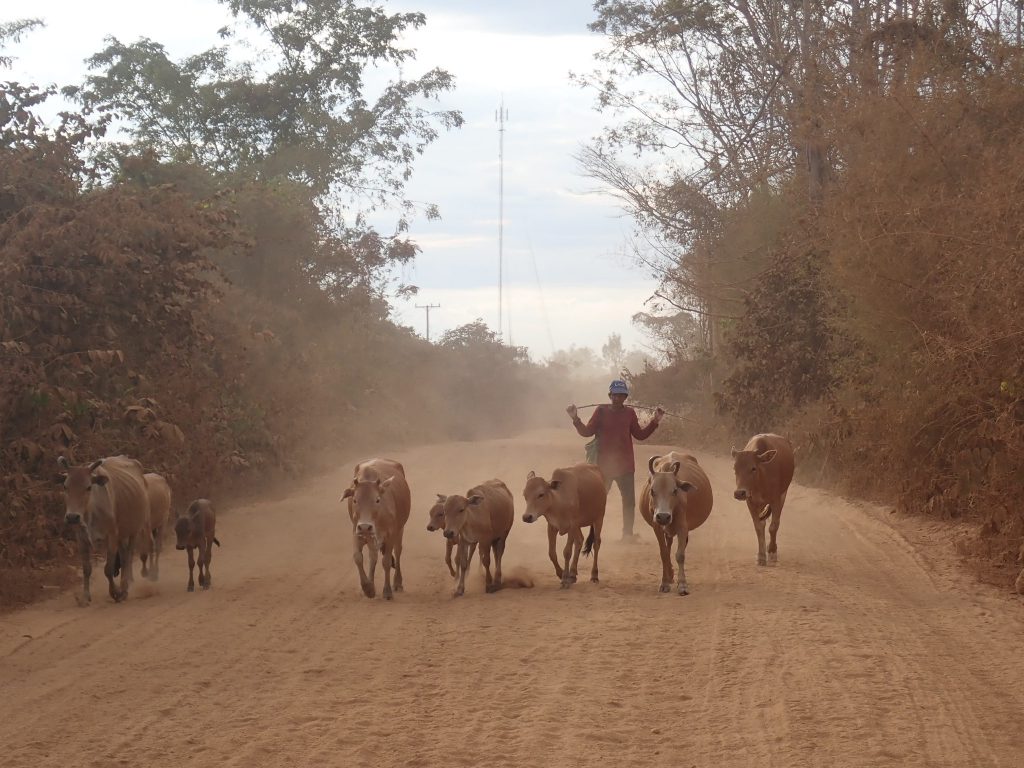
The next day headed deeper into the interior, over a gravel track that clearly hadn’t seen a grader in years. The damage from the wars of decades past had long since been repaired; what was visible now was disaster damage. Laos runs along the course of the Mekong river which has now – under Chinese encouragement – been extensively dammed to generate hydroelectricity for the region. One of those dams had burst in the summer, and the road, itself scarred from the flood – passed by camps full of refugees. That night I stayed in the same guest house as a World Food Program worker. “We are doing flood relief” he said, “but also ongoing long term work. The people here are subsistence farmers but that’s not enough. They don’t get all the food they need for a healthy diet. The WFP are trying to make them trade for other ingredients, and we are growing vegetable gardens in schools to teach the children about a balanced diet.”
That’s all very well, I thought, contemplating the coming day’s rump-busting ride back to tarmac, but perhaps the village would trade better if there was a road out of there?
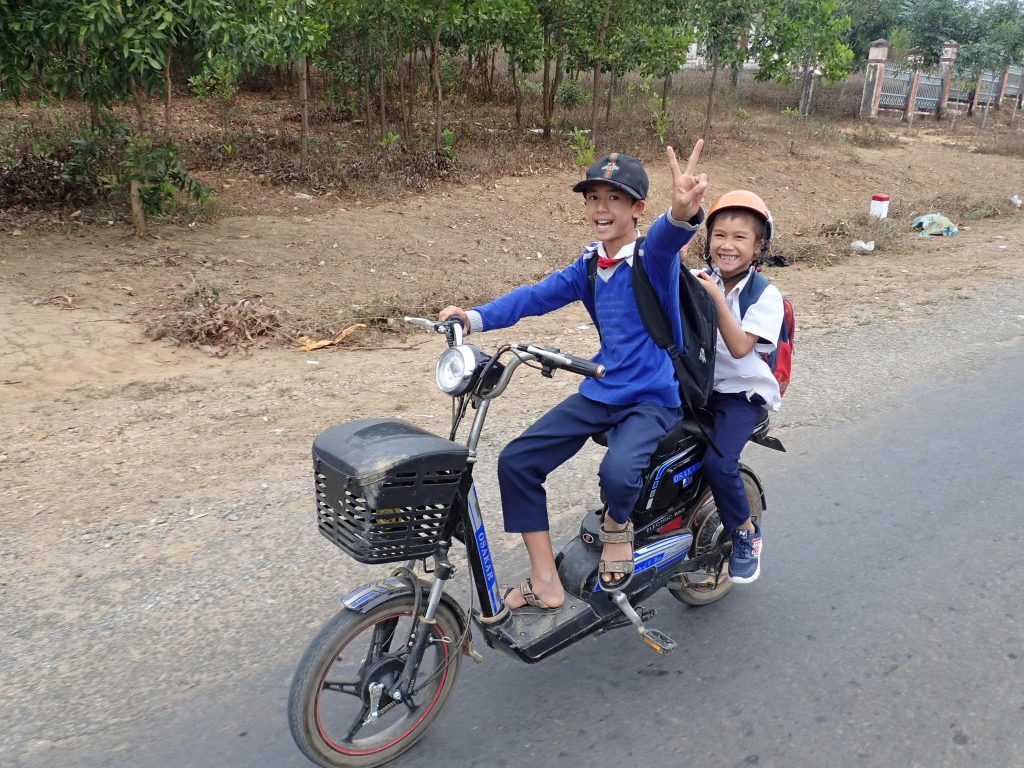
The next day I reached the Mekong; the rest of my ride would be along a smooth, flat road down the valley that defined Laos, down to yet another dusty and isolated border post, this time on the Cambodian frontier. The country had reminded me of nothing so much as Kenya, where both my parents used to work. The religion was different: Laos was permeated by Buddhism, with even small, disconnected villages having elaborate temples. Apart from that though, the tropical heat, dusty dirt tracks and herds of thin cows all had distinctly African reminiscences; if a hippo had appeared on the track one day, I would hardly have been surprised.
Vientiane in the north is by all accounts a modern city with a fine colonial past. The route I’d chosen across the far south had taken me through some of the poorest, least developed territory in the country. I’d nearly skipped Laos altogether: mechanical problems with my bike had made me consider keeping to the main coast road direct to Cambodia. I’m glad I didn’t though, because crossing the Laotian hinterland, in all its undeveloped inaccessibility, was one of the highlights of the whole trip.
